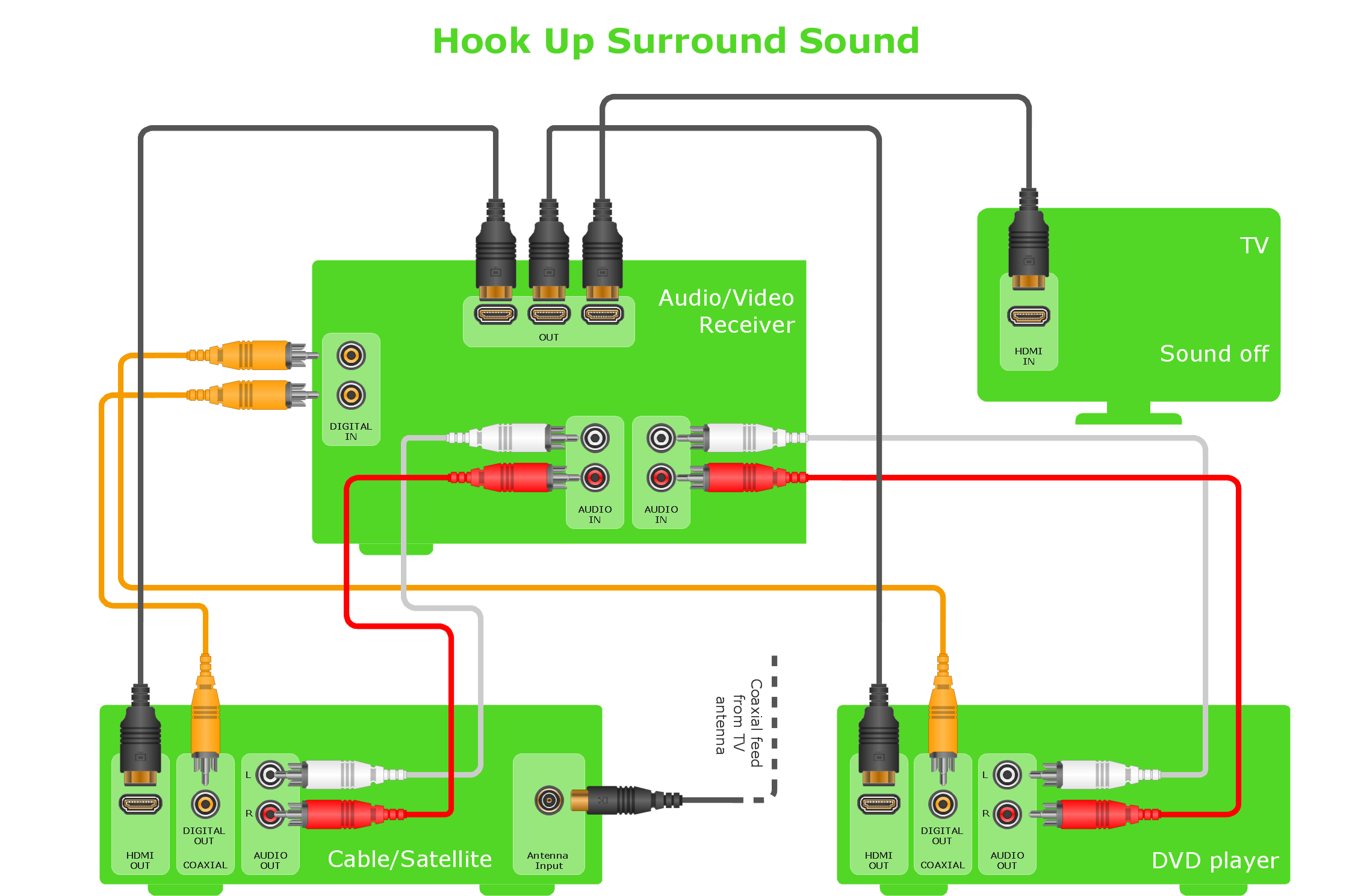When setting up AV installations, the importance of wiring and signal transmission is vital. Effective infrastructure not only ensures that audio and video quality are maintained but also guarantees the stability of the overall system. In any AV setup, whether for a school, office, or home theater, streamlining the network cabling can lead to better performance and fewer technical issues. This article will outline key strategies for enhancing wiring and interfacing in AV systems.
The first step in improving media setups is to choose the suitable cables for the task. Distinct types of cables serve various purposes, so identifying appropriate ones is important. For example, HDMI cables are standard for transmitting high-definition video and acoustic signals. In opposition, balanced audio cables like XLR can eliminate signal noise in sound systems. It is important to assess the distance and durability of these cables, as longer cables can cause signal loss. By investing in high-quality cables that suit the individual needs of the AV configuration, users can greatly improve system-wide performance.

Another important strategy is structuring the wiring efficiently. A systematic wiring system not only looks cleaner but also enhances functionality. Using cable management tools like clips, ties, or sleeves can aid keep wires tidy and avoid tangling. This layout also makes it easier to diagnose any issues that may emerge. Labeling each cable according to its function or origin can minimize time during setups or repairs. A clear layout helps technicians efficiently track connections, which is especially valuable in multi-device systems with various devices.
Additionally, understanding the design of the room is vital for enhancing AV performance. The see post positioning of equipment can influence how signals move through cables. Installing devices too far apart may call for longer cables or signal boosters, which can be costly and degrade quality. It is advantageous to plan the layout of equipment thoughtfully, taking into account the proximity between devices and potential obstacles such as walls or furniture. This optimized placement can reduce issues related to signal loss and improve connectivity throughout the AV system.
Regular system inspections are another critical strategy for ensuring optimal functionality of AV infrastructure and connectivity. Over time, cables may become damaged due to handling or deterioration. Regularly inspecting all connections helps identify potential problems before they develop into major issues. Replacing worn-out cables and maintaining connectors can maintain signal quality and support the system operates smoothly. Keeping a log for periodic maintenance can help users stay on top of this aspect of More from the author their AV setups.
Finally, keeping up-to-date about modern innovations and standards is essential for anyone involved in AV solutions. The industry is rapidly changing with advancements in technology that can enhance integration and performance. Attending seminars, following industry journals, or networking through professional communities can deliver valuable insights into best practices and new products in the industry. By adopting these advancements and integrating them to legacy systems, users can enhance their AV setups continuously while ensuring they remain current with industry trends.
In summary, optimizing cabling and connectivity in AV solutions requires thoughtful use of cables, intentional arrangement, well-planned space positioning planning, scheduled maintenance checks, and remaining current on industry innovations. By utilizing these practices, users can realize enhanced results and reliability in their audio-visual setups, ultimately leading to a more enjoyable experience for everyone involved.